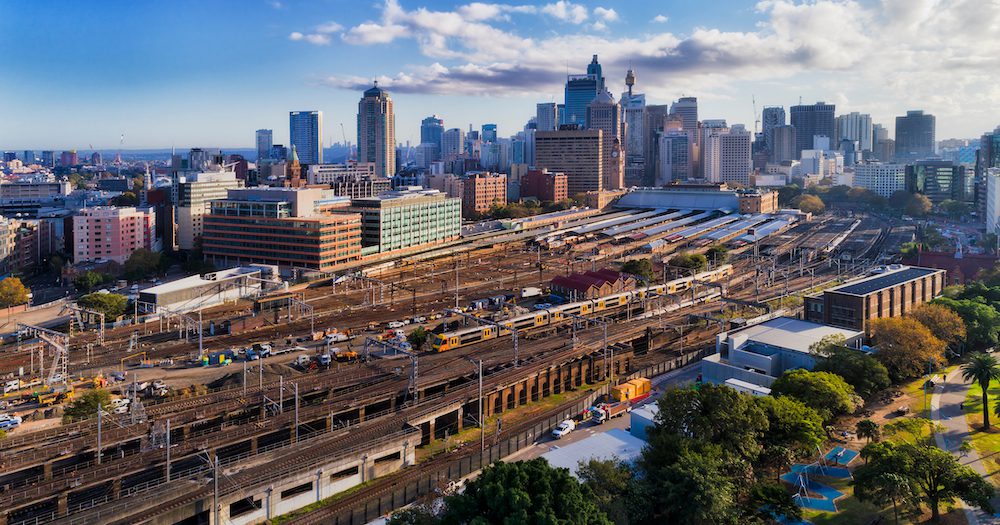Chugging towards a federal election, Labor has pulled out all stops in the NSW Hunter region by promising a new fast rail link to Sydney, the first component of an eventual line between Melbourne and Brisbane, that could open up a world of domestic travel opportunities.
Opposition Leader Anthony Albanese says Labor will prioritise the link which could eventually see travel time between Sydney and Newcastle cut to 45 minutes.
But the coalition pulled the brakes before the train got going, branding the plan “too expensive”.
Infrastructure Minister Paul Fletcher says Labor needed to explain where the money would come from.
“It is 200 to 300 billion dollars on any credible estimate. That has to be paid for and that means higher taxes,” he said on Sunday.
“Mr Albanese also needs to explain why when he had six years as transport minister he didn’t deliver this project.”
But Mr Albanese kept on track, outlining his vision for high-speed rail between Brisbane and Melbourne at a speech in Newcastle on Sunday.
A first step towards high-speed rail linking major cities, the route would deliver speeds of more than 250km/h, cutting the journey between Sydney and Newcastle down by an hour and 45 minutes.
The most recent report into high-speed rail found the Sydney to Newcastle route should be the first component of an eventual line to Brisbane.
Mr Albanese said his government would make the works a key priority for a new High-Speed Rail Authority, and also provide $500 million funding in its first budget to begin corridor acquisition, planning and early works.
“Australia is the only inhabited continent on earth not developing high-speed rail,” he said.
The move to buy up land in the rail corridor has been welcomed by the urban policy think tank Committee for Sydney, with CEO Gabriel Metcalf saying it would give people more choice about where they work and live.
“Better connections across this region … means we would effectively work like a bigger global city, with more economic gravitational pull,” he said.
Source: AAP





